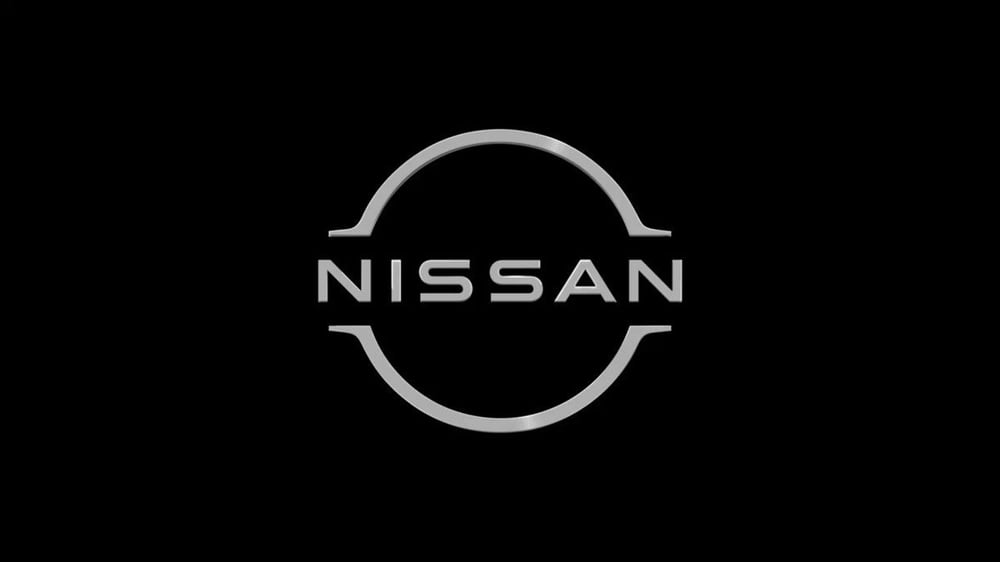Nissan Motor Co. Pursues Multi-Billion Funding to Address Looming Debt Challenge
According to internal documents, Nissan Motor Co. $7201.T faces a formidable debt repayment schedule in 2025. In response, the Japanese automaker is actively seeking to secure over JPY 1 trillion (USD 7 billion) by liquidating assets and issuing new debt instruments to stabilize its financial position and maintain operational continuity.
Debt Instruments and Asset Sales as Core Strategies
Nissan’s funding plan includes issuing convertible securities and bonds for as much as JPY 630 billion. This funding mix will feature high-yield notes in both USD and EUR, aiming to attract a broad base of global investors despite Nissan’s elevated risk profile. The strategy is designed to enhance liquidity while offering flexibility in meeting varying investor preferences and market conditions.

Sterling-Denominated Syndicated Loan and Strategic UK Operations
In addition to debt securities, Nissan is pursuing a GBP 1 billion (USD 1.4 billion) syndicated loan, backed by UK Export Finance. This financial backing is intertwined with Nissan’s significant footprint in Sunderland—the largest automotive manufacturing site in the United Kingdom. The facility underscores the firm’s commitment to maintaining its European operations while also leveraging governmental support in one of its key markets.
Key Elements in Nissan’s Financial Stabilization Process
Strategic placement of convertible bonds and high-yield securities to diversify funding sources and investor base.
Utilization of government-backed credit solutions, highlighted by the UK's export finance guarantee, to secure sizable loans on favorable terms.
Timely asset disposals, allowing Nissan to raise cash without diluting equity or incurring excessive interest costs in a challenging environment.
Continued prioritization of flagship production facilities to safeguard operational capacity and sustain core revenue streams.

Industry Implications and Outlook
Nissan’s robust response to its debt obligations reflects mounting financial pressures within the automotive sector, compounded by global market uncertainties and the ongoing shift to electric vehicles. The multi-pronged approach—combining debt issuance, asset liquidation, and engagement with both Japanese and European stakeholders—demonstrates Nissan’s determination to shore up its balance sheet while preserving strategic flexibility.
As Nissan moves to execute these financial maneuvers, industry attention will focus on investor appetite for high-yield automotive debt and the durability of traditional players facing transformative pressures. The effectiveness of Nissan’s refinancing framework will likely set precedents for other automakers navigating similar capital structure constraints.















Comments
We're seeing automation become a foundational element in future-focused tech development
Nissan’s proactive approach to tackling its debt could be a gamechanger for its financial future.